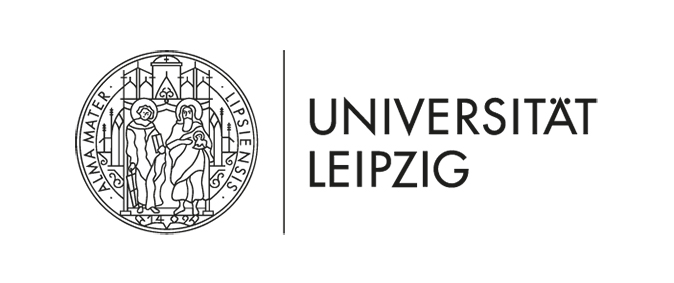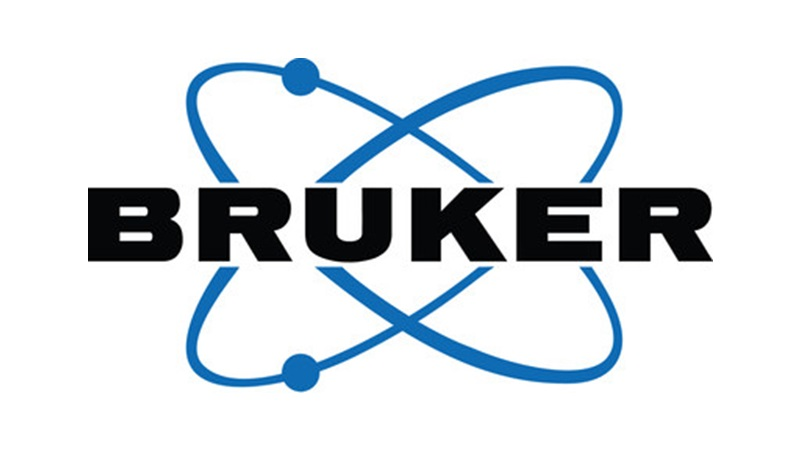|
14th Annual Symposium Physics of Cancer Leipzig, Germany Oct. 4 - 6, 2023 |
PoC - Physics of Cancer - Annual Symposium | |||||||||||||||||||||||||||
|
|
Poster
Studying the mechanical and morphological phenotype of prostatic cancer-associated fibroblasts
Contact:
Reciprocal interactions between prostate epithelial cells and their adjacent stromal microenvironment are not only essential for tissue homeostasis but also play a key role in tumor development and progression. Malignant transformation is associated with the formation of a reactive stroma where cancer-associated fibroblasts (CAFs) induce matrix remodelling and thereby provide atypical biochemical and biomechanical signals to epithelial cells. Previous work has largely focused on the cellular and molecular phenotype of the tumor stroma. In a recent pilot study we have described differences in the mechanical and morphological phenotype of CAFs compared to patient-matched normal prostatic fibroblasts (NPFs), albeit only in a limited number of patients. Here, we analysed the mechanical properties of CAFs and patient-matched NPFs, their morphological characteristics and transcriptomic profiles for a larger patient cohort (n=35). High-throughput mechanical characterisation of suspended cells by real-time deformability cytometry (RT-DC) showed increased apparent Young's moduli and cell volumes of CAFs compared to NPFs. In addition, CAFs displayed distinct spreading morphologies, cytoskeleton arrangements and nuclear shapes compared to NPFs. Dimensionality reduction of multiple mechanical and morphological features resulted in a relative morpho-mechanical parameter that revealed significant differences in relapse-free survival between patients. Ongoing work focuses on a correlative analysis of RNA sequencing datasets and patient-matched morpho-mechanical parameters to explore molecular mechanisms contributing to morphological and mechanical differences among CAFs and NPFs. Altogether, this work provides new insights into the basis of mechanical alterations of the tumor stroma during prostate cancer progression and may eventually lead to the identification of new diagnostic tools and therapeutic targets.
|









